Popular Lacrosse Heads
See more Popular Lacrosse Heads
Maverik Tactik 3.0
54 Available

STX Stallion 1K
55 Available
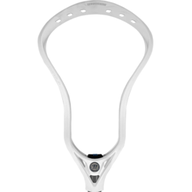
Warrior Evo Qx-O
74 Available

ECD Lacrosse Ion
166 Available

Maverik Optik 3.0
106 Available
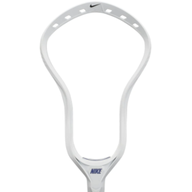
Nike L3
47 Available
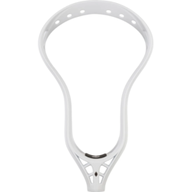
StringKing Mark 2V
90 Available

ECD Lacrosse Mirage 2.0
100 Available
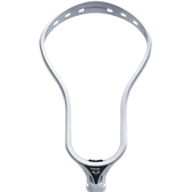
ECD Lacrosse DNA 2.0
44 Available
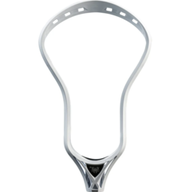
ECD Lacrosse Rebel
83 Available

Maverik Kinetik 2.0
85 Available
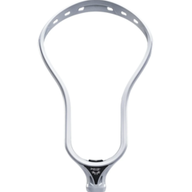
ECD Lacrosse DNA
43 Available
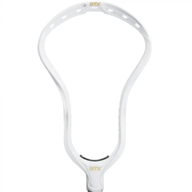
STX Stallion 900
56 Available

STX Ultra Power
37 Available

Gait GC3
23 Available

Nike CEO
30 Available

Warrior Evo 5
34 Available

Maverik Tactik 2.0
91 Available

STX Surgeon 900
44 Available

Maverik Kinetik 3.0
57 Available

Under Armour Command
78 Available
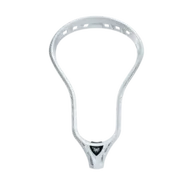
ECD Lacrosse Delta
15 Available

StringKing Mark 2A
72 Available

STX Hammer 900
35 Available

Warrior Burn FO
26 Available
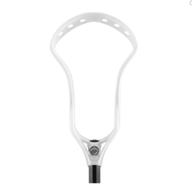
Maverik Kinetik
64 Available

STX Stallion
33 Available
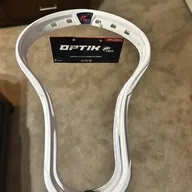
Maverik Optik Force
34 Available

STX Stallion 700
42 Available
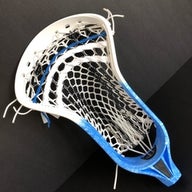
Epoch Z-ONE
40 Available

True Hzrdus
31 Available
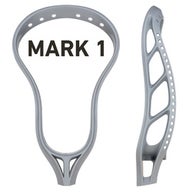
StringKing Mark 1
30 Available

Maverik Optik
33 Available
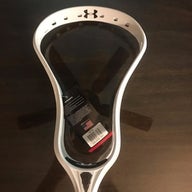
Under Armour Command Low
37 Available

Maverik Optik 2.0
38 Available

Nike Lakota
28 Available
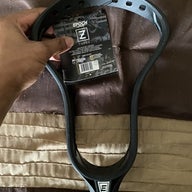
Epoch Z-Three
26 Available
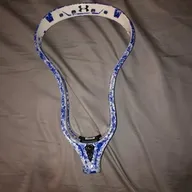
Under Armour Command 2
47 Available
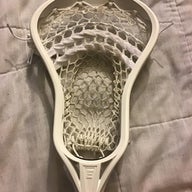
Epoch iD Vision
22 Available
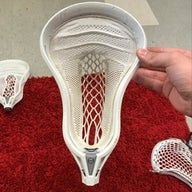
Warrior Evo Warp Pro
31 Available

Other Generic
26 Available

Warrior Burn
27 Available

Warrior Burn XP-D
26 Available
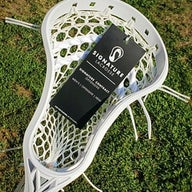
Signature Contract Offense
21 Available

Nike Lakota U
23 Available

STX AV8
25 Available
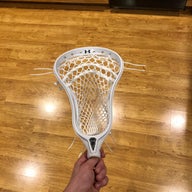
Under Armour Command D
16 Available
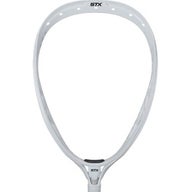
STX Eclipse 2
24 Available

True Key
17 Available
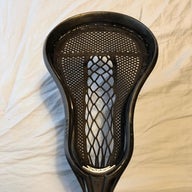
Warrior Evo Warp Next
13 Available
Shop by Brand
STXMaverikWarriorECD LacrosseNikeBrineEpochTrueGaitHEADdeBeerAdidasAdrenalineTribe7HarrowReebokCascadeEaston
2,395 Results

PineLacrosse
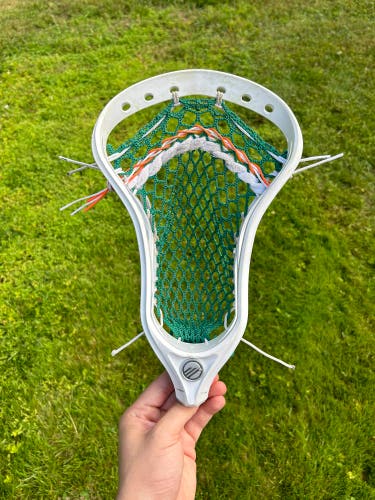
MikeLoucas22
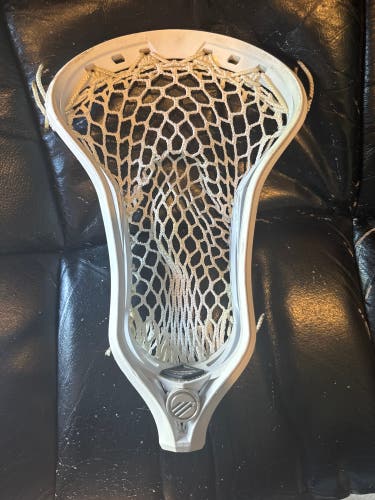
Kruser47
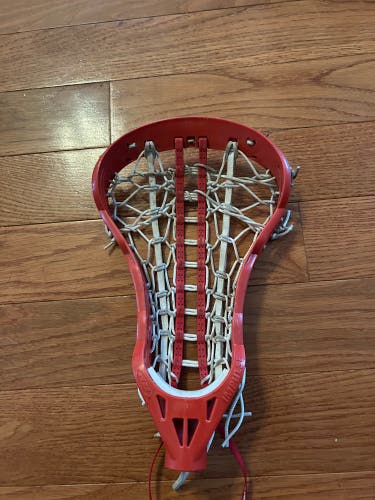
jasonsaucier
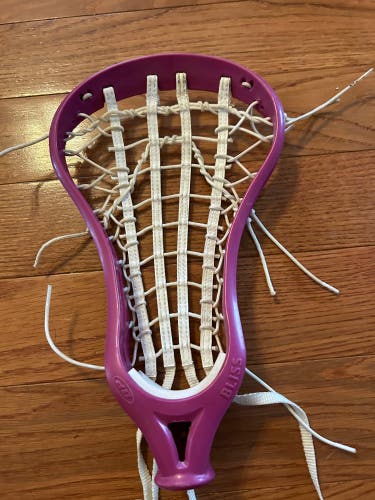
jasonsaucier

Connor215
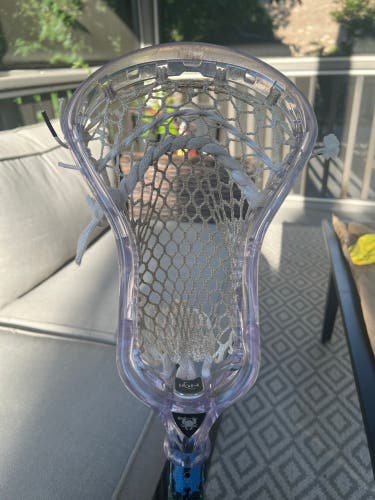
Travis_mann

KHollings30
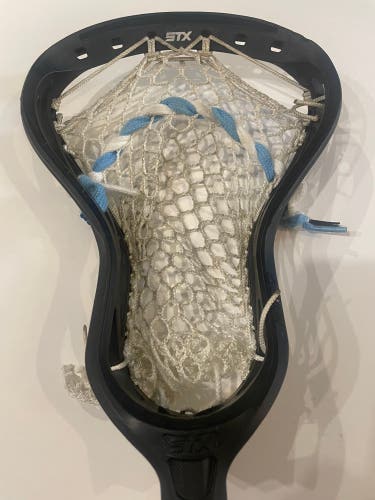
Redsox12
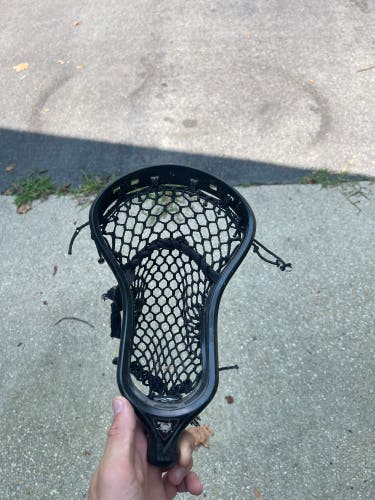
LacrosseLove245
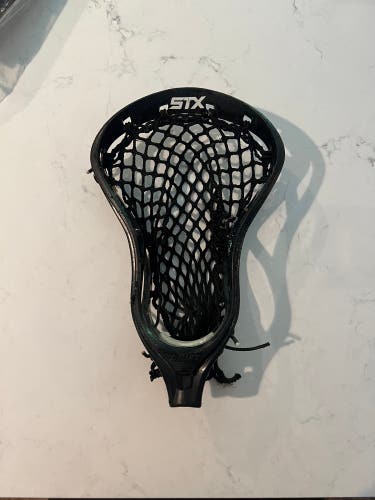
Danielm55
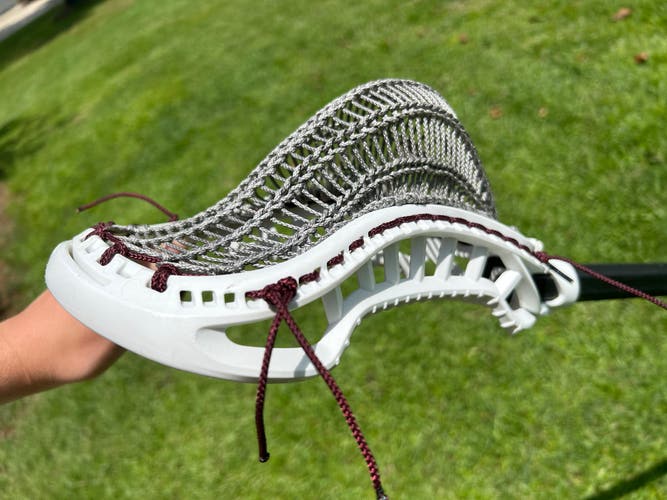
RyanWahl28
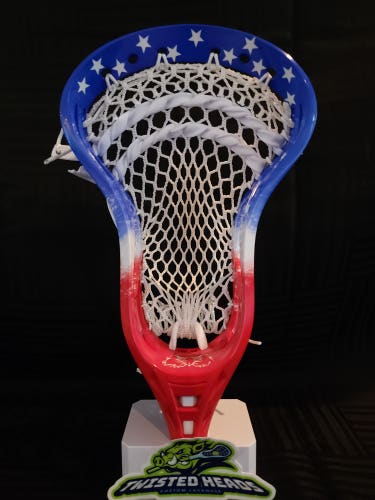
TwistedHeads
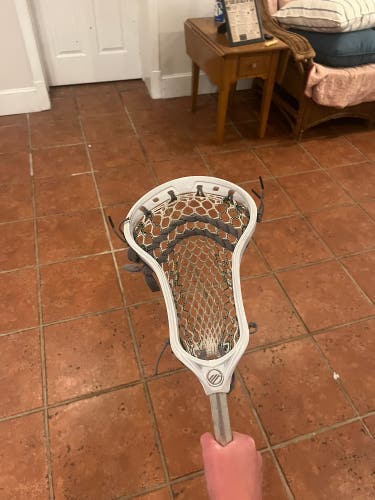
Akovach
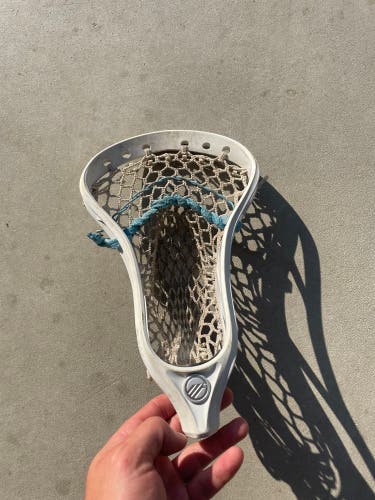
TU30
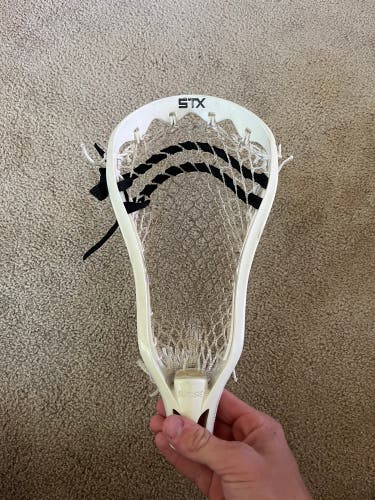
Wyatt18j
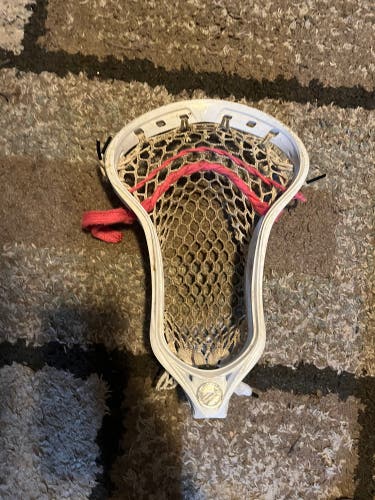
kaidenlax

D3_resale

Laxstuff77

southrnfriedlax

MIlaxer44

Laxxmann7
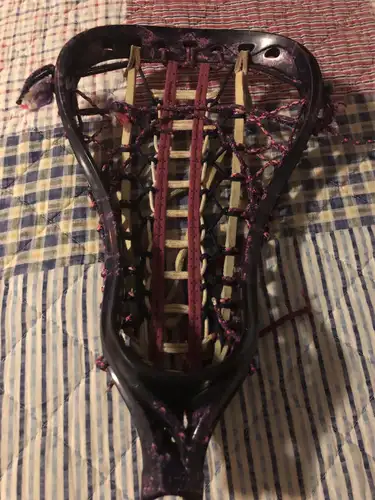
mkline_12
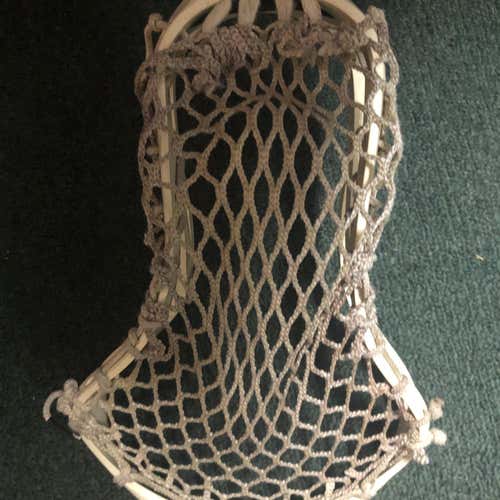
Sawyer99
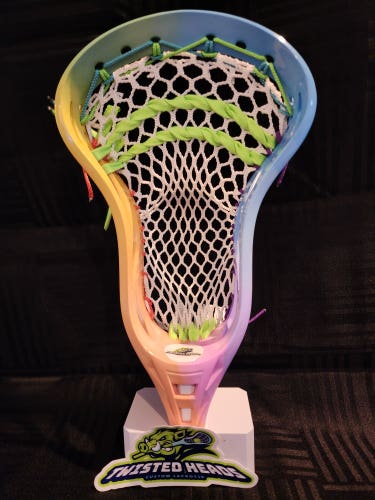
TwistedHeads

xmona37
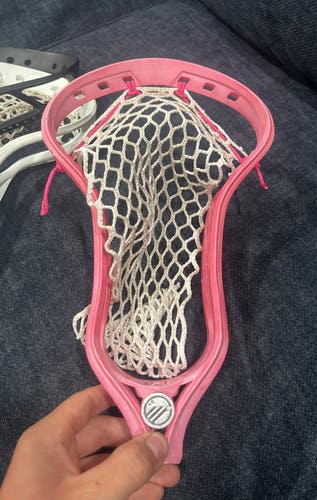
haydenmoats
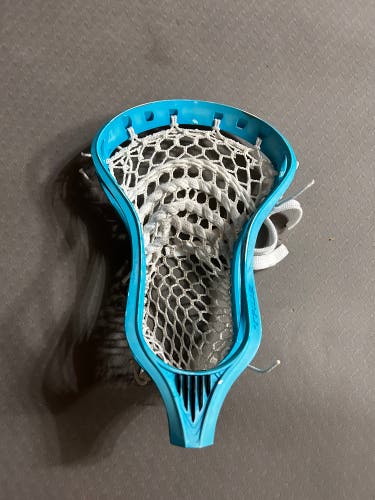
jordmack95
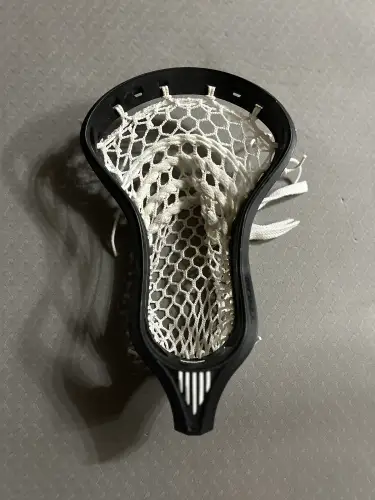
jordmack95

Serinajo
Optik 3.0 Head
$105
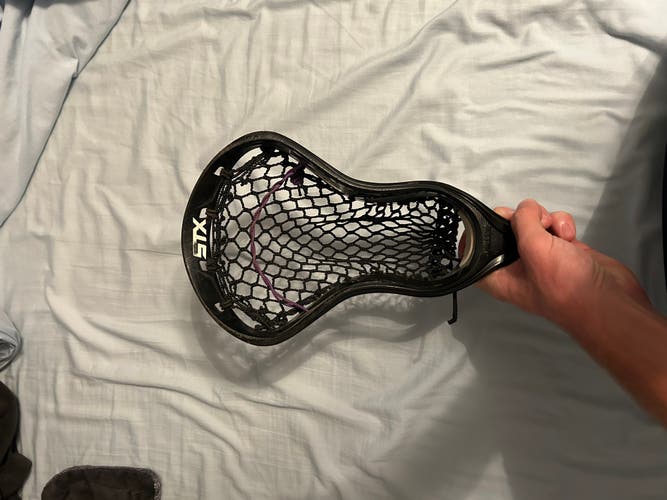
WhosGavin

Sportsequipment